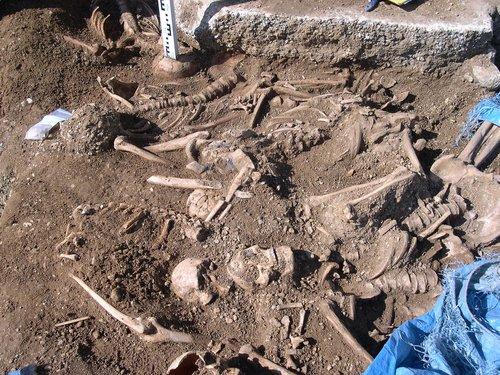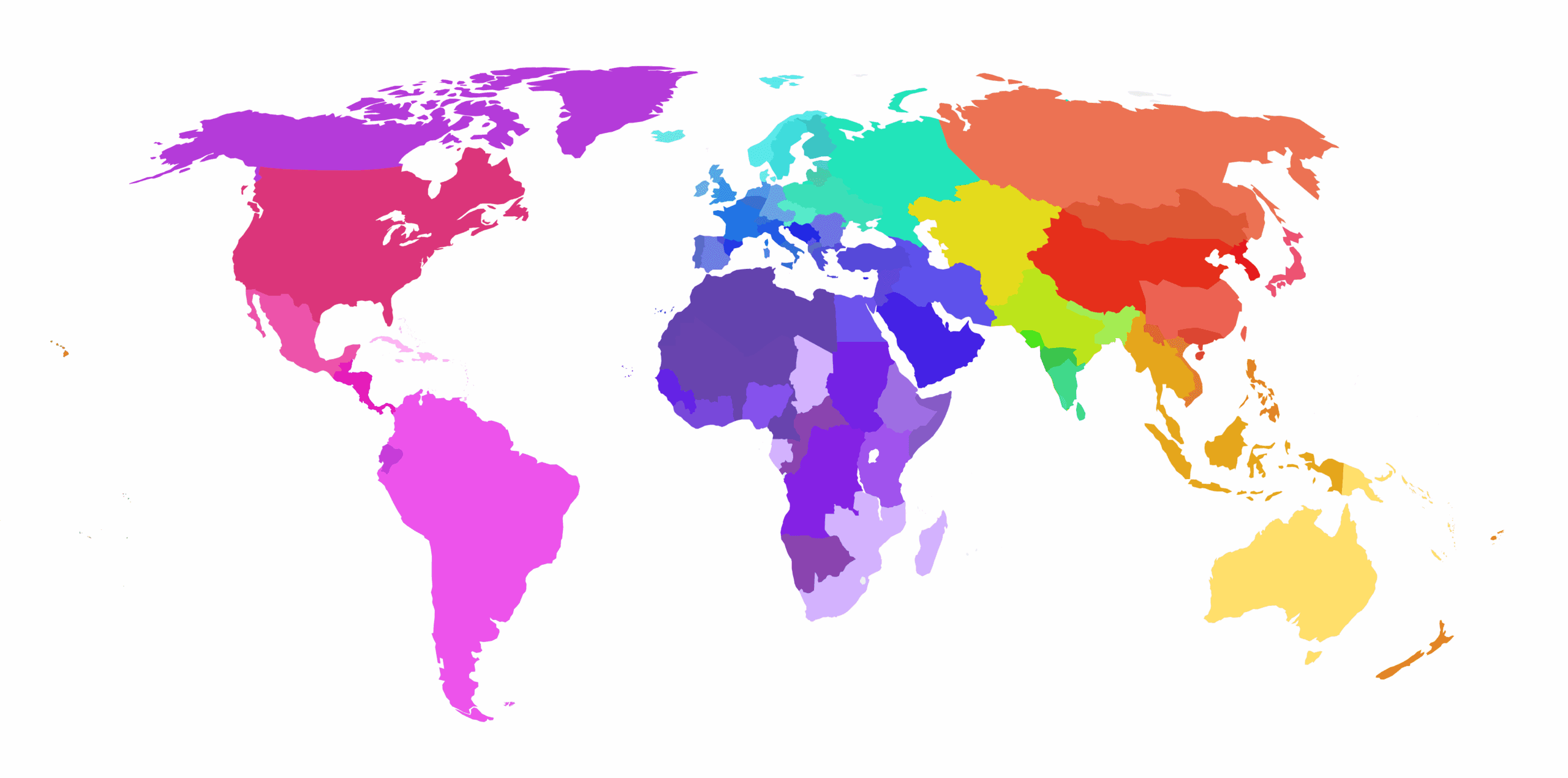A new update to the 23andMe+ Premium™ Historical MatchesSM feature allows members to learn if they are genetically connected to Vikings massacred in the Kingdom of England on November 13th, 1002 CE. This historical event came to be known as the St. Brice’s Day Massacre because it occurred on the feast day of St. Brice, a French cleric who lived in the 5th Century and was later canonized.

It’s a grim connection to the past, but this new update adds to the more than 500 historical individuals in 23andMe’s innovative Historical Matches feature.
These historical individuals are people who lived hundreds or thousands of years ago, including those killed on St. Brice’s Day from what is known as the Viking Age and individuals from ancient Rome, ancient China, or medieval Central Europe, to name a few. Some are known historical individuals like Beethoven, but most are nameless, like those killed over a thousand years ago on St. Brice’s Day.
How Historical Matches Are Made
Historical Matches identify places in your genome where you share identical DNA with ancient or historical individuals whose genomes have been sequenced, typically from archaeological studies.
For this latest update, the data comes from a 2020 study of the genomics of the Viking World.
As part of that study, researchers sequenced the genomes of historical individuals buried in two mass graves in England—one in Oxford and one in Dorset—providing new insights into their ancestry. 23andMe scientists have added publicly available data from 27 of these historical individuals who were very likely killed during the St. Brice’s Day Massacre.
What Happened on St. Brice’s Day?
In the late 10th and early 11th centuries, the Kingdom of England faced relentless raids by Danish Vikings. Believing that the Danes were plotting to overthrow him, King Æthelred II of England, known as “Æthelred the Unready,” ordered a mass execution of all Danish settlers in his kingdom.
Historians do not know how many people were killed on that day, but among those reportedly killed was Gunnhild, the sister of Denmark’s King Sweyn Forkbeard, along with her husband. Enraged by the murder of his sister and brother-in-law, Sweyn intensified his raids on England, eventually seizing the English throne in 1013 CE and forcing Æthelred into exile. However, Sweyn’s rule of England was short-lived; he died just five weeks later due to unknown causes (some sources say that he fell from a horse, while others say that he was killed).
Unearthing the Past through Archaeology
In 2008, excavations on the grounds of St. John’s College at Oxford University led to the discovery of a mass grave that contained the remains of 33 men and two teenage boys. The skeletal remains showed evidence of sharp-force trauma, with wounds often inflicted from behind, suggesting the victims were attempting to flee.
A year later, in 2009, another mass grave was discovered in Dorset England, that contained the remains of about 50 men. Similar to the Oxford site, the men died violently. In this case, all had been decapitated, with their bodies carelessly thrown into the burial pit and their heads piled together at the southern edge of the grave.
Although no historical records directly link either of these mass graves to the St. Brice’s Day Massacre, radiocarbon dating of the skeletal remains align with the date of this event. Further, the violent nature of the injuries the individuals sustained and the careless way in which they were buried are consistent with a massacre, offering further evidence of the brutal actions taken on that day.
Learn More
If you are a 23andMe+ Premium member, you can check it out to learn more about the St. Brice’s Day Massacre and to find out if you are distantly related to the Danish Vikings who died on this day in history or to hundreds of other historical individuals.
Not yet a member? Learn more about all that 23andMe+ offers here.




